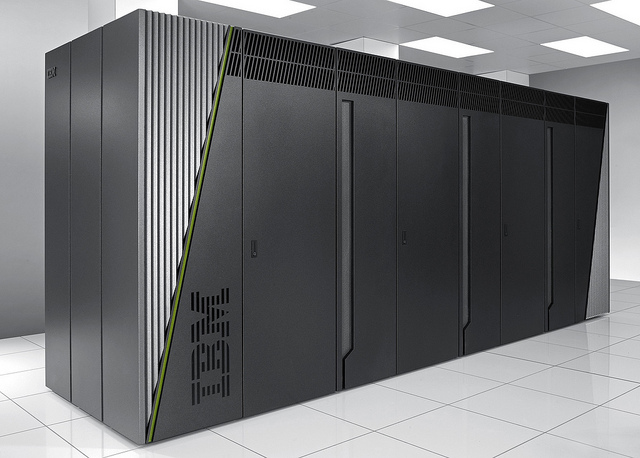IBM’s next generation supercomputing project Blue Gene/Q will provide an ultra-scale technical computing platform to solve problems facing engineers and scientists at faster, more energy efficient, and more reliable rates than ever before, says Big Blue.
When it is fully deployed in 2012 at Lawrence Livermore National Laboratory (LLNL), the system, named “Sequoia”, is expected to achieve 20 petaflops at peak performance, marking it as one of the fastest supercomputers in the world. Blue Gene/Q is also expected to become the world’s most power-efficient computer, churning out 2 gigaflops per watt.
LLNL, a premier multidisciplinary national security laboratory for DOE’s National Nuclear Security Administration (NNSA), applies some of the world’s most powerful supercomputers to maintaining the nation’s aging nuclear deterrent without testing, as well as such challenges as grid and network management, energy research and climate change. IBM will deploy 96 racks beginning as early as December of this year.
The Argonne National Laboratory (ANL) will also implement Blue Gene/Q. The 10-petaflop system, named “Mira”, will provide a strong science and technology engine to the ANL. Argonne is one of the DOE’s oldest and largest labs for science and engineering research, located outside of Chicago.
The third generation in the Blue Gene family of supercomputers, Blue Gene/Q deploys 16 multi-processing core technology and a scalable peak performance up to 100 petaflops.


